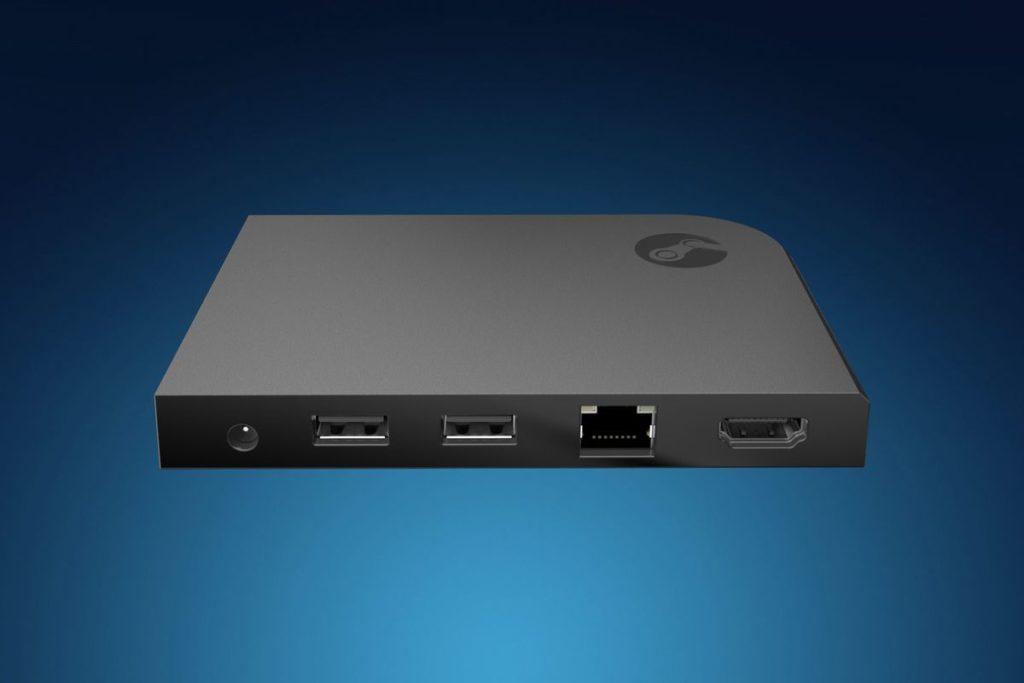I finished a small project over the weekend that seemed interesting (to me, anyway). We have a device in our living room called a Steam Link, which effectively allows streaming video games to your TV over ethernet from a computer in your house. I recently discovered that, due to the Steam Link needing exclusive access to the computer while a game is streaming and my flourishing digital life (i.e., I’m on my computer too much), my girlfriend was unable to play some games at her leisure.
Enter my spare PC. It sits in a corner and is only used for video processing and occasionally backing up my main computer. It has nothing connected to it other than ethernet and power cables, which creates some interesting problems. The Steam Link requires the computer to have a monitor and audio device attached to it, which would be a waste of both energy and space given how the computer is used. It also requires a user to be automatically signed in without an attached keyboard and mouse, something which isn’t too difficult, but potentially insecure if it isn’t done properly.
First things first, I created an administrator account and installed software for remotely accessing the computer without causing the ‘screen’ to lock. Microsoft’s built-in remote desktop connection software will lock the screen when a connection is established, which will prevent the Steam Link from connecting to the computer. I also installed Steam and some antivirus software at this point.
Second, I had to set up automatic user login. I did this by utilizing a built-in Windows tool to create a new user account and cache the login password to make it automatically sign in. To make this secure, it’s important that the new user account isn’t an administrator on the computer and that it has a long password that is unique. This means that even if someone were to gain remote access to that computer, their access to anything important on the network would be limited.
Third, I plugged a headless display emulator into the HDMI port on the back of the computer. I’m not going to make any explicit recommendations here because they’re inherently cheap and a dime a dozen on Amazon. This device effectively tricks the computer into thinking a monitor is connected, which is allows the Steam Link to display to the TV.
For audio, I connected an old pair of wired earbuds to the computer’s rear panel, which was enough to force it to detect an audio device. There are devices like the headless display emulator that are meant for audio connections, but I wanted to re-use the old hardware I had just lying around.
Once that was finished, I signed into Steam as the non-administrator user, whitelisted the computer for Steam In-Home Streaming, rebooted to test the automatic login, then added the new computer on the Steam Link. So simple!
A couple last minute things to note: the Steam Link is no longer manufactured or sold by Valve, so you’re either looking at crossing your fingers and buying one from eBay or making your own out of a raspberry pi. The latter will take some fiddling, but there are plenty of detailed walkthroughs of that setup on the web. Also, if you’re considering setting up something like this, you’ll want both computer and Steam Link connected to your router via ethernet. Wifi can potentially work, but I make no guarantees about the reliability of it. The computer itself should also have decent specs and a dedicated graphics card that can play whichever games you’re looking to stream.

